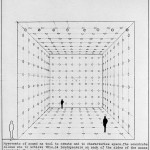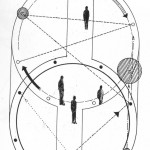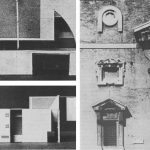Johann Bernhard Fischer von Erlach (1656–1723) was an important Austrian Baroque architect as well as a sculptor and an architectural historian and theorist.
Since 1711, he worked on a monumental effort, his “Entwurf Einer Historischen Architektur” (Project for a history of architecture), a compendium of the most important buildings, real and imagined, from the history of architecture all over the world through all epochs. The book was published in an extended version in 1721 and included plans, sections and (mostly) perspective views in very detailed engravings accompanied by short texts. It is considered the first work which aimed to produce a comparative history of architecture with the ambition of a “universal” coverage. The treatise, composed of four sections, included even the depiction of buildings of the far East and examples of Islamic architecture which were mostly unknown in Europe at that time.
Fischer von Erlach illustrated each building and reconstructed (or completely reinvented) the disappeared historical constructions on the base of various descriptions he found. For the most far-away locations he probably relied on illustrated accounts of travelers. Among the buildings included there are the palace in Persepolis, the Forum of Trajan in Rome, the Porcelain Pagoda in Nanking, the Temple of Solomon and the Allaverdi bridge in Isfahan.
The book is entirely available online on Archive.org
Here follows a selection of plates.





































[…] Fischer von Erlach, 1721. Entwurff einer historischen Architectur (more) […]